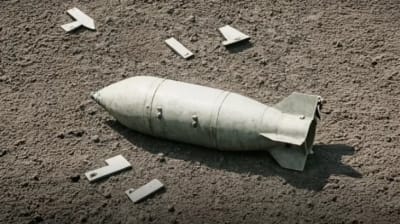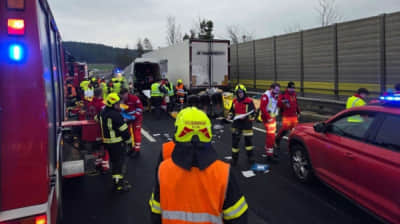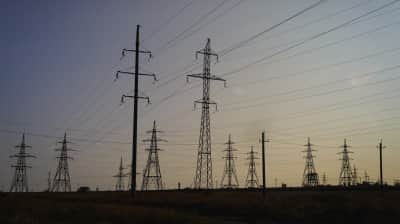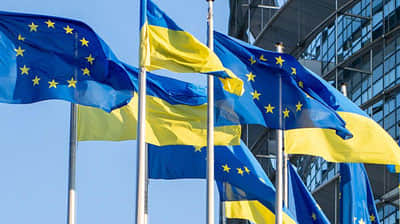Scientists simulate spread of radiation in case of accident at Zaporizhzhia Nuclear Power Plant
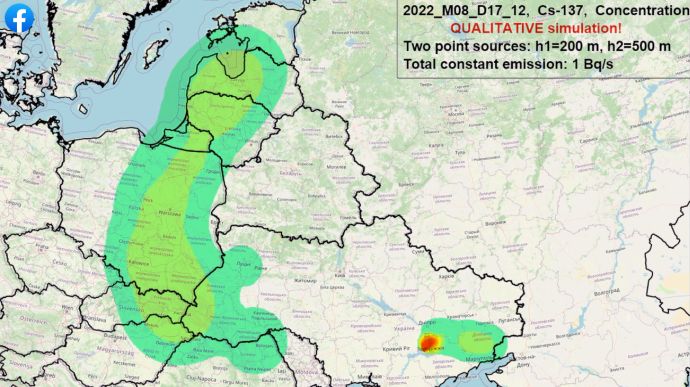
OLENA ROSHCHINA – THURSDAY, 18 AUGUST 2022, 12:53
Based on the weather conditions observed on 15-18 August, in the case of an accident at the Zaporizhzhia Nuclear Power Plant (ZNPP), radioactive contamination would principally affect Ukraine, but it would also affect neighbouring countries. Such an accident would threaten not only Kyiv, but also the occupied territories of Donbas.
Source: Ukrainian Hydrometeorological Institute
Details: Scientists of the Ukrainian Hydrometeorological Institute of the State Emergency Service of Ukraine and the National Academy of Sciences of Ukraine performed a simulation of the spread of radiation from a hypothetical accident at the Zaporizhzhia NPP under the meteorological conditions of 15-18 August 2022.
The results of modelling the atmospheric transfer and dispersion of radioactive Cs-137 aerosols were obtained using the Weather Research Forecasting (WRF) ARW version 4.3 forecasting meteorological model and the CALMET-CALPUFF version 6 atmospheric dispersion modelling complex.
The WRF forecast of meteorological conditions was calculated on the basis of GFS (global forecast data) with a spatial resolution of 0.5° and a time resolution of 3 hours. Radioactive emissions are given in the form of two-point sources at heights of 200m and 500m above the earth's surface, with a total stationary power of 1 becquerels/second (0.5 Bq/s for each sources). The following characteristics of the size distribution for radioactive aerosols were used: average diameter 1 μm, standard deviation 2 μm.
Given the impossibility of determining the exact characteristics of the source of emissions in the event of a hypothetical accident at the ZNPP, the results of numerical modelling should be interpreted only qualitatively and in relative terms.
Quote:
"According to the results of the calculations, during 15-18 August 2022, the highest concentrations of radioactive aerosols can be observed within the territory of Ukraine, especially in the zone closest to the emission source, with a radius of 50-100 km in almost all directions from the ZNPP.
Significant concentrations of radionuclides could reach the city of Kyiv.
Partially radioactive impurities might also spread to the neighbouring states (the eastern part of Belarus, Poland, the Baltic States).
At the end of the simulated period, the main direction of radionuclide transport was eastward, as a result of which significant concentrations of radioactive aerosols could be observed over the occupied parts of Donetsk and Luhansk regions."
Background:
- In the early stage of the full-fledged war, Russia seized the Chornobyl Nuclear Power Plant, and on March 4, it captured the Zaporizhya Nuclear Power Plant (ZNPP), creating risks of a radioactive disaster. In late March, the occupiers blew up part of their ammunition on the ZNPP premises.
- On 15 July, Ukraine’s Energoatom company stated that Russians placed missile systems at the ZNPP territory, using them to attack Nikopol.
- Starting on 5 August, attacks on ZNPP followed, with Ukraine blaming the occupying forces and Russia blaming Ukrainian defenders.
- The UN urged the sides to stop military action near the ZNPP, and the international community called on Russia to leave the premises of the nuclear power plant.
- On 18 August, the Russian Defence Ministry claimed that a "massive provocation" could occur on 19 August, during the visit by the UN Secretary General, António Guterres, to Ukraine. Russia’s Armed Forces also threatened to shut down the ZNPP if shooting continues.
Journalists fight on their own frontline. Support Ukrainska Pravda!



